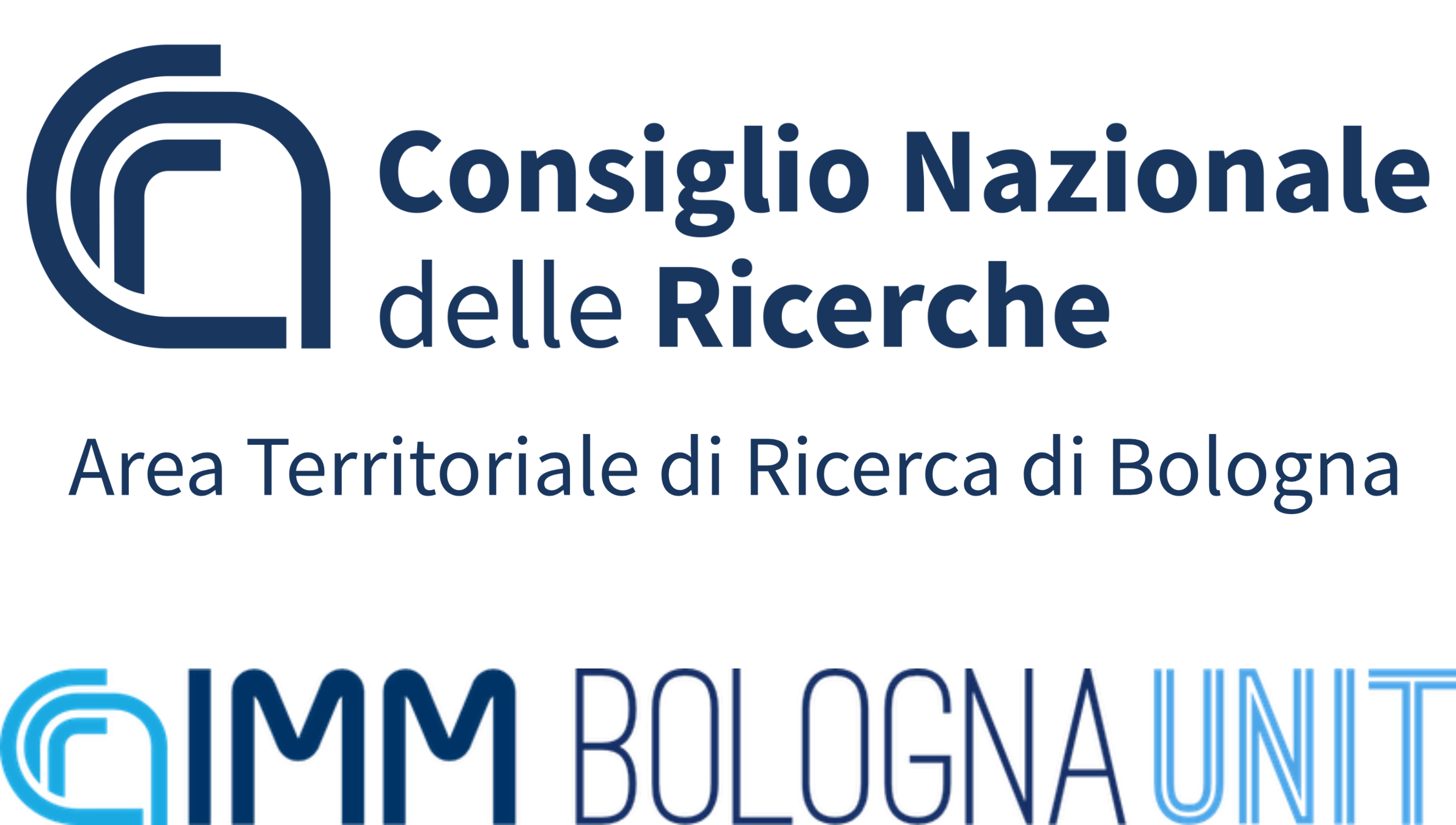
Film/Movies
04. L’ENERGIA SOLARE NELLE APPLICAZIONE TERMICHE A BASSA TEMPERATURA / SOLAR ENERGY IN LOW-TEMPERATURE THERMAL APPLICATIONS (49 min) (1980)
VERSIONE ITALIANA
ENGLISH VERSION NOT AVAILABLE
| Scritto da/written by: Lucio Morettini, Vittorio Silvestrini, collaborazione con Gian Franco Missiroli |
| Diretto da/directed by: Lucio Morettini |
| Consulenza scientifica/Scientific advice: Vittorio Silvestrini |
| Consulente alle animazioni/Animation consultant: Carlo Cuppini |
| Edizione/Edition: Marco Del Carlo |
| ERealizzazioni grafiche/Graphics: Cartoncine |
| Istituzioni/Institutions: Istituto di Fisica Università di Napoli, Istituto di Fisica Università di Bologna |
Note:
16mm., colore, sonoro ottico, durata 49′, versioni italiana ed inglese (1980)
Nell’introduzione, dopo una rapida analisi delle diverse risorse energetiche, si mostra come l’uso dell’energia solare per molti impieghi a bassa temperatura è oggi economicamente e tecnologicamente maturo, oltre che appropriato da un punto di vista fisico. Con l’aiuto di numerosi disegni animati e di semplici esperimenti di laboratorio, si chiariscono i concetti legati all’emissione di energia sotto forma di onde elettromagnetiche e quelli relativi alla natura dell’energia solare. Successivamente, sempre con disegni animati e in laboratorio, si illustrano i meccanismi di trasmissione del calore.Il film illustra ed analizza nei suoi componenti essenziali uno dei più semplici dispositivi di utilizzazione dell’energia solare: il collettore piano. Vengono quindi discusse le varianti che possono influire su un aumento dell’efficienza del dispositivo e le condizioni ottimali del suo impiego. Vengono poi mostrate alcune applicazioni per la produzione di acqua calda sanitaria.Si passa in seguito ad esaminare la convenienza del riscaldamento di ambienti medianti i collettori solari e si dimostra che questa, pur rappresentando una soluzione conveniente, non è, tuttavia, quella ottimale. Si giunge così a proporre non una casa con impianto solare, ma una casa solare, che rappresenta la soluzione ottimale al problema.In tal modo si introduce l’edilizia bioclimatica passiva, di cui si mostrano importanti esempi (in Francia a Odeillo e in Italia a Crosara, Vicenza).Dopo aver offerto qualche esempio di utilizzazione dell’energia solare in agricoltura e nell’industria di prima trasformazione, il film conclude con l’affermazione della necessità di una programmazione pubblica nella prevedibile grande domanda di apparecchiature solari a breve termine.
Notes:
16mm., colour, optical sound, duration 49′, Italian and English versions (1980)
In the in the introduction, after a rapid analysis of the various energy resources, it is shown how the use of solar energy in many low-temperature applications is nowadays economically and technologically feasible, apart from being suitable from the physical point of view.With the help of a number of animated sequences and simple laboratory experiments, the concepts underlying the emission of energy in the shape of electromagnetic waves and those relative to the nature of solar energy are elucidated. Later, again with animations and laboratory tests, heat-transmission mechanisms are illustrated.After this basic information, the film shows and analyses the fundamental components of one of the simplest devices that use solar energy: the flat-plate collector There follows a discussion of the variables that can affect an increase in efficiency of the device and the best conditions for its use. Then, several applications for the production of hot sanitary water are shown.Then there is an examination of the convenience of domestic heating by means of solar collectors and a demonstration of the fact that although this is indeed a convenient solution, it is nevertheless not the best. So, comes the proposal, not of a house with a solar plant, but of a solar house, which is the best solution to the problem.In this way, passive bioclimatic building is introduced, with illustration of important examples (Odeillo in France and Crosara, Vicenza, in Italy).After showing some examples of the use of solar energy in farming and in the processing industry, the films ends by stating the necessity of public programming for the foreseeable great short-term demand for solar equipments.
Area of Research

The Territorial Area of Research in Bologna is a campus that hosts the headquarters (main or local) of 7 CNR and 2 INAF institutes.
CNR-IMM
The CNR-IMM Bologna Unit is part of CNR-IMM, an Institute belonging to the Physics and Matter Technologies Department of the National Council of Research and organized in 5 Units and one Headquarters.

